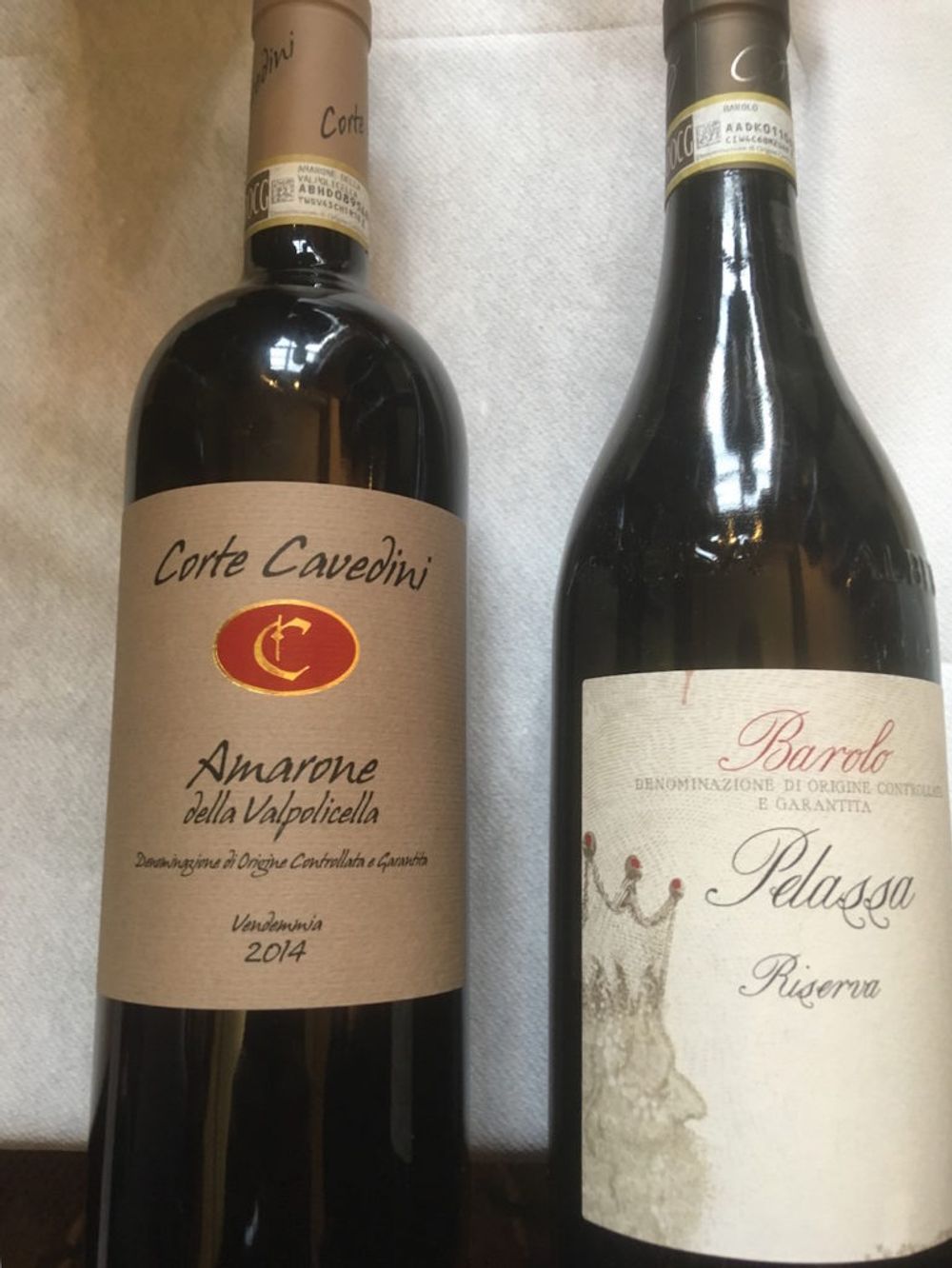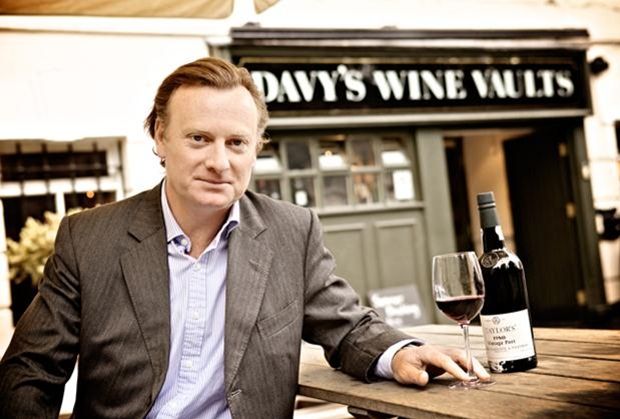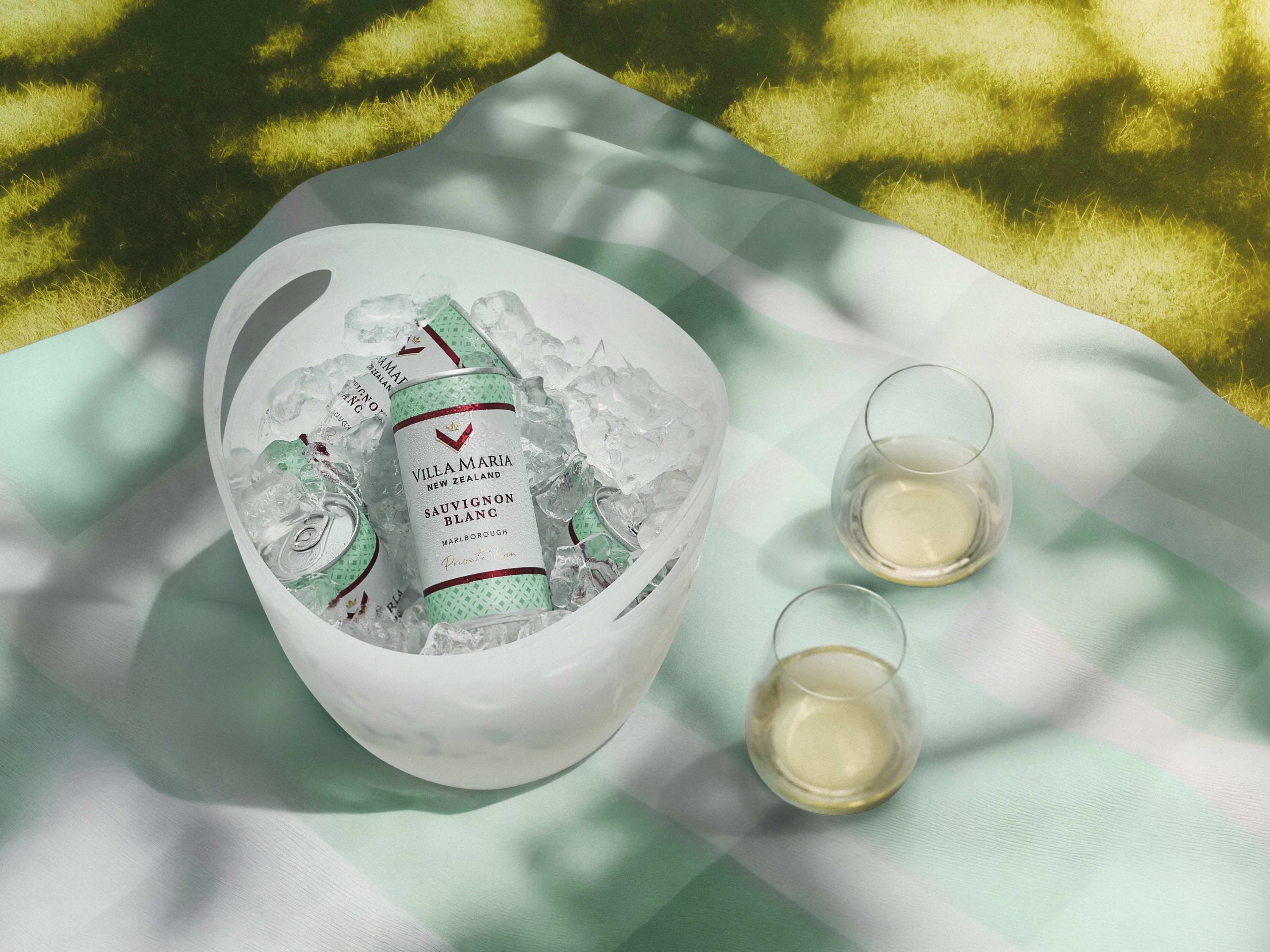Portuguese and Italian producers stood out and, more surprisingly, so did some of the New World producers from Argentina, New Zealand and England.
Pretty much anyone who has ever worked in either the City or West End of London will have their Davy’s Wine Bar memories. Mine, from the late 1980s and early 1990s, involve drinking Old Wallop out of a pewter mug before moving onto Rioja Siglo – with the cloth-covered bottle – and then staggering back to the bank where I worked, hoping no one would notice my three hour absence.

A recent visit to the Pall Mall branch suggested not much has changed except the sawdust which used to cover the floors no longer does; health and safety, I was told, and I get that because I remember slipping a few times (though that may have been the Old Wallop). These are still great places to escape the outside world as they were for me all those years back.
However what has changed at Davy’s is the attention and focus that this family-owned wine merchant – the oldest in London, established back in 1870 – is putting into its on-trade and off-trade sales. A glance at the wholesale fine and rare wine list reveals lots of Bordeaux (including a Chateau Petrus 1972 and 1979, various Chateau Latours and a Chateau Lafite Rothschild 2009), some very decent Burgundy and Rhone, alongside port from most of the famous port houses. Little wonder that Davy’s wishes it was for this it was better known as much as its eponymous wine bars. And things have been going well.

Chairman James Davy: Fine wine is up 40% year on year
“Fine wine has been running at plus 40% over this last year and we see this being in double digit growth next year. Wholesale is also 40% up on last year and we also see this as double digit growth next year,” says chairman James Davy, admitting however that the retail side is proving quite challenging.
“Our online and mail order results were not quite as good as the previous year, but we have since invested heavily in our website and addressed several issues, so we expect to see a marked uplift this summer. Our shops are ticking over on a like-for-like basis,” he says.
Davy says the merchant has been moving away from its traditional focus on France, reflecting market trends, although fine wine is still dominated by France.
“Burgundy has had a marked lift but we are increasing sales from Italy too. As we add new regions/countries to our wholesale portfolio, the mix continues to evolve. Italy has risen, Portugal is seeing a rise, Spain is strong. It is not all about Europe though. We have strong representation from South Africa, Argentina, Chile and New Zealand,” he says.
At two recent Davy’s tastings – a Fine Wine tasting last autumn and the larger Old World Portfolio tasting held earlier this month – I took a closer look at what was on offer.
France of course was well-represented, with Jean Becker from Alsace something of a standout; the Gewurztraminer 2016 and the unusual Muscat Grand Cru Froehn 2015 showed very well in particular. Three UK producers – Hoffmann and Rathbone (a great 2011 sparkling rose), Lyme Bay and Court Garden (the Ditchling White 2016 made from Chardonnay, Pinot Gris and Ortega was a standout here) showed the diversity of what is increasingly possible in Blighty after several warm summers.
Other standout producers this month included:
SA Prum (Mosel) – This renowned producer, which can be dated back to 1156, makes exceptional Riesling including the Wehlener Sonnenuhr Kabinett 2016 and the Devon Grosses Gewachs 2010 which was singing during this tasting. Quite delicious.
Casa da Passarella (Dao) – Good solid wines from these high altitude vineyards which date back some 150 years. Best of all here was the Somontes Encruzado 2016, rounded and quite rich with flavours of peach, marzipan and quince, confirming my view that we are set to see rather more of this variety, which originates in Dao.

Espaco Rural (Alentejo) – This Vidiguera winery run by winemaker Pedro Ribeiro and his wife focuses on native varieties and their best wines are the exceptional terracotta amphorae-aged Vinho de Talha Bojador Branco and Tinto. The former, a blend of Perrum, Roupeiro, Rabo de Ovelha and Mantuedo (no, me neither) works really well, a dry firm backbone supporting the blend. The red which combines Trincadeira, Moreto and Tinta Grossa (again, aside from the Trincadeira obviously, me neither) is quite full on, with lots of berry fruit, but checks in at just 12.5%: very low for this region. These are really delicious wines, which hark back to an earlier age yet are at the same time very modern in their appeal, shows again why Portugal deserves a place on anyone’s wine list.
Quinta da Silveira/Quinta dos Capuchos (Douro and Lisboa) – Two wineries, two regions, and one maker in the shape of Ridrigo Martins who uses traditional methods (foot-crushing, open top lagares and natural yeasts) to make memorably good wines. The real surprise here was the Memoria Grand Escolha 2011 from the Lisbon region; real power thanks to the new oak but also the sheer concentration of fruit, this hefty number checks in at 15% and still has some good years ahead of it.

Azeinda Agricola Pelassa (Piedmont) – Good quality Barolo and Nebbiolo with the high end Barolo Riserva 2010 and the Barolo San Lorenzo di Verduno 2013 naturally taking much of the attention here but the lesser wines are also charming, notably the Langhe Enrichetta 2016, a delicious and very well-priced fruit driven blend of Nebbiolo and Barbera. The Roero Arneis San Vito 2017 was also impressive, confirming that this family run business really knows what it’s doing.
Corte Cavedini (Valpolicella) – Run by the charming Cavedini Family in the Marcellise Valley, this seven hectare vineyard produces just 20,000 bottles of wine a year with minimal intervention. The star is the Amarone della Valpolicella 2014, beautifully made with light liquorice and cherry tones and careful uses of fruit. It’s a compliment when I say you really don’t notice the 16% alcohol.

Domaine Bousquet (Mendoza) – Argentinan wines at an Old World tasting? These are well made, sturdy wines with a Gallic twist courtesy of the Bousquet family who relocated to Argentina over 20 years to make delicious organic Malbec, Malbec blends and Cabernet Sauvignon in Tupungato, one of the world’s highest vineyards (1200m). The Ameri 2015 is the star, a nuanced and well-balanced blend of Malbec, Cab Sav, Syrah and Merlot, with many good years ahead of it.
Te Kano (Central Otago) – This sustainable winery run by the Lloyd Family was the only new world wine at this month’s tasting and is a recent signing by Davy’s. Lovely wines though, notably the fresh, slightly off dry Pinot Gris 2017 and the unusual Blanc de Noir 2017.
Notably absent from both tastings were wines from current ‘hot areas’ like Hungary, Greece and Slovenia. Davy says this is likely to change.
“We would love to import wines from those areas; they are very much on ‘the to do list’. We are very currently busy and winning business with the producers we work with (we invest a lot of time and support in our suppliers) but we are certainly not complacent, I would hazard more than a guess that a couple of those regions will soon be in the portfolio. I see them being hot news for a few years yet.”









































